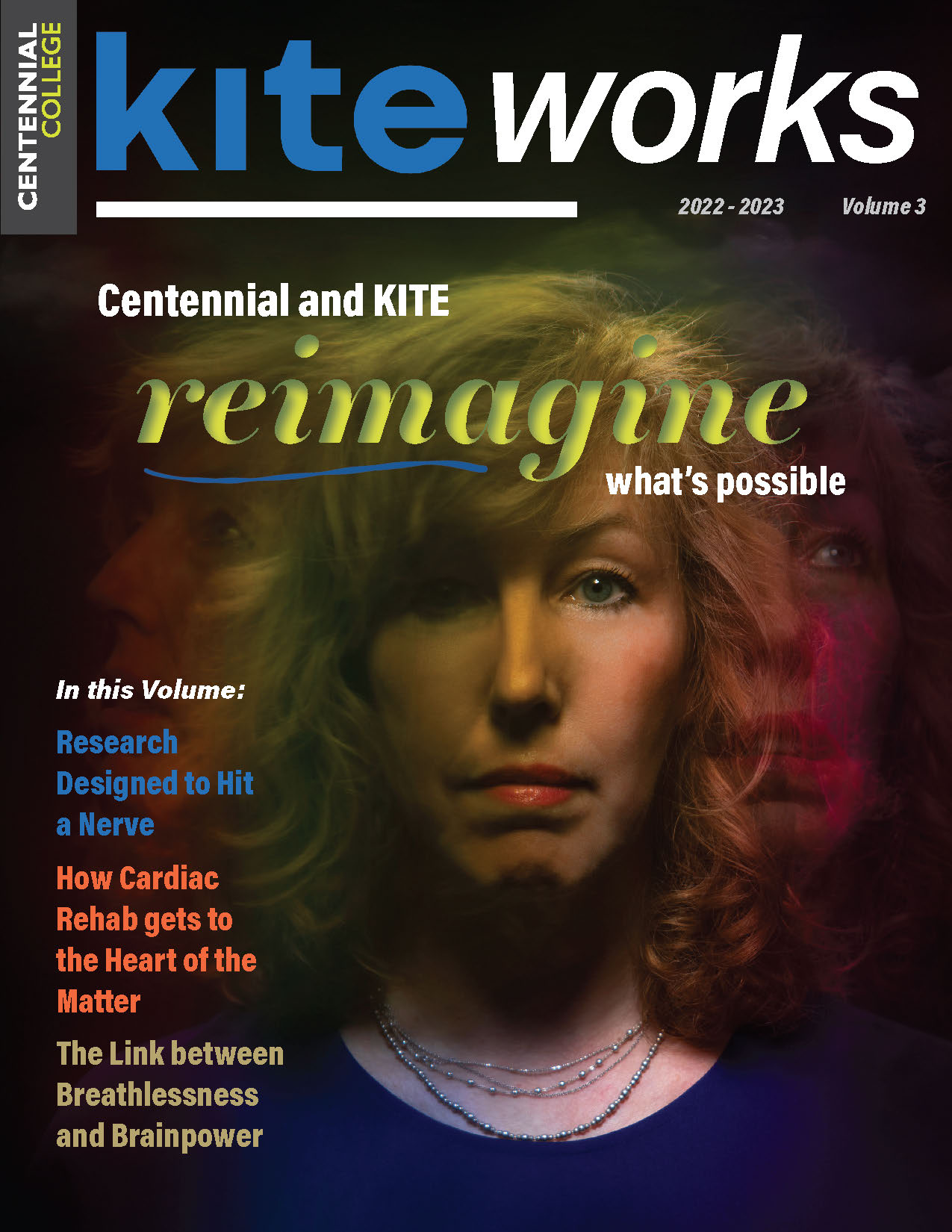Putting the patient first is paramount for Dr. Julio Furlan
For neurologist and scientist Dr. Julio Furlan, patient needs are paramount. His patients are always front and center.
“(Patients) bring to the table exactly what they need.” “I think it is really important for us to listen to them first,” says Furlan, who is a scientist at the KITE Research Institute, a staff neurologist at the Toronto Rehabilitation Institute, and an assistant professor at the University of Toronto.
Dr. Furlan’s research focuses on neurorehabilitation in relation to spinal cord injury (SCI), spinal cord disease (SCD), and traumatic brain injury. He studies various injuries and diseases that impact the spinal cord and examines how that affects a patient’s day-to-day life. There are plenty of gaps in the knowledge of spinal cord rehabilitation and he wants to know “what we can do to improve the medical practice for better quality of life and recovery of the patients.”
Dr. Furlan, who is originally from Sao Paolo, Brazil, has an extensive educational background, including a Doctor of Medicine, a PhD in Surgical Neuroanatomy, a Bachelor of Law, a Master’s in Business Administration, and a Master’s in Clinical Epidemiology.
One of the ways that Dr. Furlan approaches patient-focused research is by studying predictors of outcome.
“Predictors of outcome means what are the factors that can influence the results of recovery,” he says.
These factors include motor and sensory function to autonomic recovery, disability and functionality after recovery, and participation in social activities. Predictors of outcome can be broken down into two variables: non-modifiable and modifiable. These variables help identify which factors researchers can intervene with to provide aid in the recovery process.
Looking at non-modifiable variables is crucial for spinal cord recovery because it can help scientists and researchers understand how these factors impact the recovery process, if at all. Sometimes, this leads to uncovering other factors that can be modified.
“For example, (chronological) age has no major impact on the recovery process after spinal cord injury. And for that reason, you can actually study having more access to rehabilitation and resources for elderly patients as well as for younger patients, and that you can modify,” Dr. Furlan says.
Knowing that age has no significant impact on the recovery process can help shift the focus onto how to gain equal access to health care and rehabilitation services for elderly patients.
Another example of a modifiable variable is sleep apnea. Dr. Furlan has studied sleep apnea in patients with paraplegia (paralysis in the legs and lower body) and tetraplegia (paralysis in parts of the upper and lower body). His findings suggest that sleep apnea is common in paraplegic and tetraplegic patients.
“So imagine somebody who has a new spinal cord injury and has all these dramatic changes in their lives. They come into the rehabilitation center, but they are (feeling) drowsy, fatigue, and they cannot participate in rehabilitation,” says Dr. Furlan.
Lack of sleep can impact a patients’ motivation to participate in their rehabilitation, he adds. Since lack of sleep can have such a huge impact on a patients’ recovery process and the time it takes to recover, patients are now screened for sleep apnea. By treating sleep apnea, patients now experience a “reduction of anxiety, fatigue, they are more alert during the day, (and) they can participate more than before.”
In addition to studying predictors of outcome, Dr. Furlan studies spinal cord diseases that often get overlooked. One spinal cord disease that he is currently studying is degenerative cervical myelopathy (DCM). DCM occurs when the spinal cord becomes compressed – a common disease that happens with aging.
Dr. Furlan is part of an international organization called RECODE-DCM, short for Research Objectives and Common Data Elements for Degenerative Cervical Myelopathy.
“I've been involved in an international group now to increase the awareness of this disease because…not many people actually are thought to have this problem (but it’s a) number one cause of spinal cord injury on the cervical level,” says Dr. Furlan. “There is a delay of a diagnosis many times. So I try to increase awareness, and then try to learn more about what I can do for these patients in terms of treatment.”
Not only does Dr. Furlan advocate for spreading awareness and receiving proper treatment, but he’s also interested in making treatment and rehabilitation affordable. Given his education in business administration, Dr. Furlan is curious about how to improve the accessibility and cost of rehabilitation and exploring different ways to make it more affordable.
He explains, “spinal cord injury, fortunately, is not as common as other neurological disorders…but the economic impact is very large, and for families, it’s quite a burden.”
For this reason, he tries to identify which areas of rehabilitation are more costly and determine how to reduce those costs.
An example of this is Dr. Furlan’s analysis on the cost of rehabilitation for elderly patients. Seeing as age has no impact on a patient’s recovery, Dr. Furlan says, “I started looking into the cost and (found that)…basically the cost is not that much larger.”
“It’s less costly than maintaining (elderly patients) in acute care for prolonged periods of time than waiting for a nursing home, or somewhere else where they will not have any chance to recover.”
Approaching healthcare from a cost standpoint helps continue to remove barriers for treatment and ensure that patients are getting the treatment they need.
Dr. Furlan’s work illustrates the work being done to help remove barriers to health care, ensure that patients receive the treatment they need, and keep patient’s needs at its core.

KITE's partnership with Centennial College
KITEworks Magazine is an annual collaborative project between Centennial College's Professional Writing- Communications and Photography programs and KITE. The stories, experiences and photographs shared in this year's edition of the magazine give an unfiltered look into how KITE has reimagined rehabilitative care. Come and explore how KITE works!




